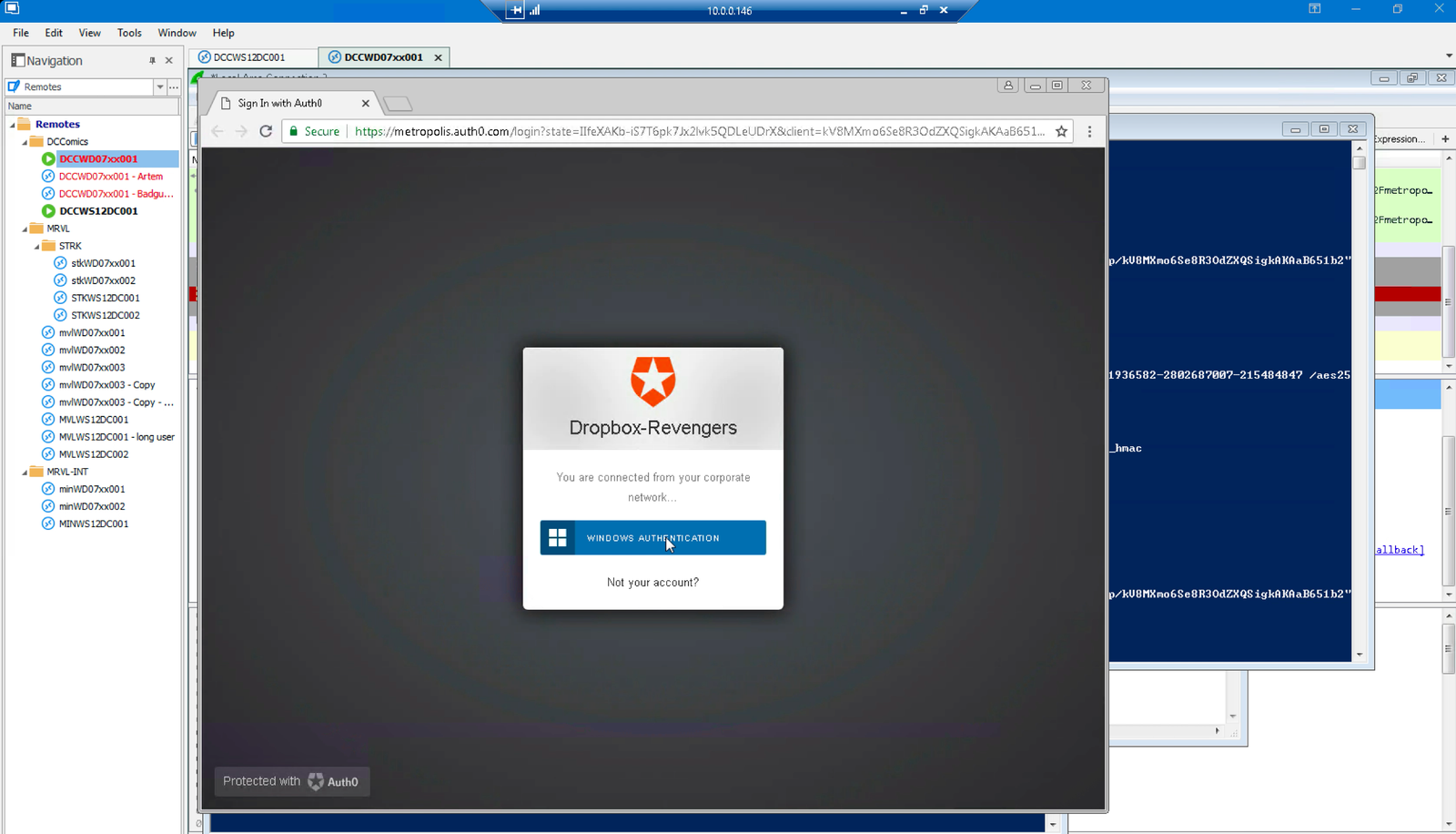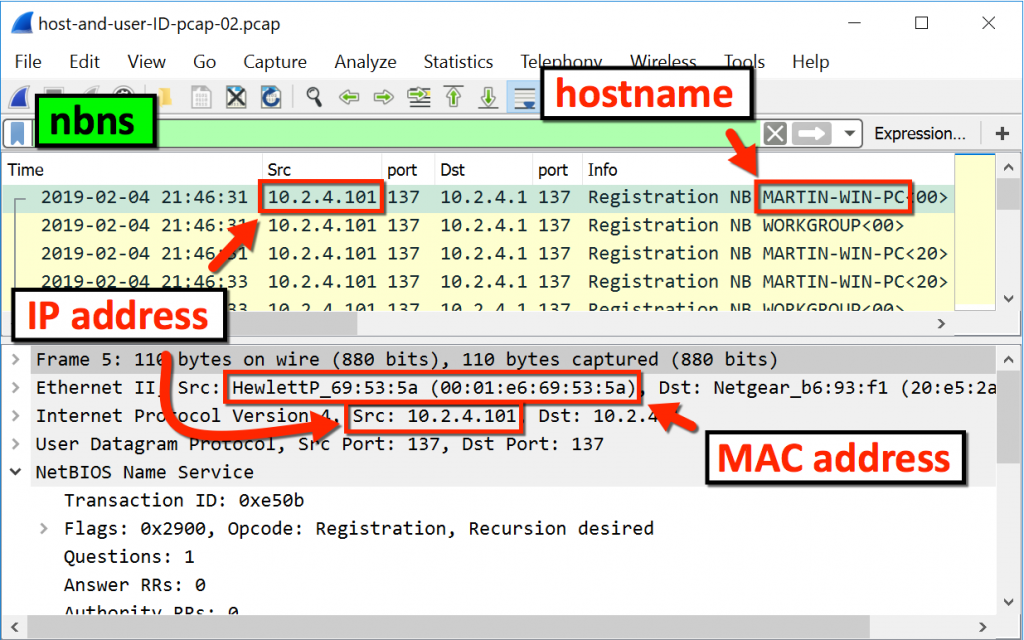

If you are wondering what it looks like to write an application that will make HTTP requests, then the following C# code is a simple example of what such code will look like. It's a beautifully engineered piece of work all made possible by standards. The data link layer delivers packets to the IP layer, which hands over data to TCP, which can reassemble the data into the original HTTP message sent by the client and push it into the web server process. In Ethernet packets become frames, and low level protocols like Ethernet are focused on 1s, 0s, and electrical signals.Įventually the signal reaches the server and comes in through a network card where the process is reversed. A common choice of technology at this point is Ethernet. This is the responsibility of the data link layer. IP is also responsible for breaking data into packets (often called datagrams), and sometimes fragmenting and reassembling these packets so they are optimized for a particular network segment.Įverything we've talked about so far happens inside a computer, but eventually these IP packets have to travel over a piece of wire, a fiber optic cable, a wireless network, or a satellite link. To deliver data IP requires computers to have an address (the famous IP address, an example being 208.192.32.40). IP tries hard to deliver the data at the destination (but it doesn't guarantee delivery – that's TCP's job). While TCP is responsible for error detection, flow control, and overall reliability, IP is responsible for taking pieces of information and moving them through the various switches, routers, gateways, repeaters, and other devices that move information from one network to the next and all around the world.

After TCP at the transport layer comes IP as a network layer protocol. And, TCP is just the first layer beneath HTTP. Most applications don't need to worry about TCP. In short, TCP provides many vital services for the successful delivery of HTTP messages, but it does so in a transparent way. Flow control is important in this world of varied networks and devices. Flow control ensures the sender does not send data too fast for the receiver or the network to process the data. In addition to error detection, TCP also provides flow control. The application doesn't have to worry about lost data, and this is why TCP is known as a reliable protocol. TCP will automatically resend any information that might get lost in transit. The TCP layer accepts the data and ensures the data gets delivered to the server without getting lost or duplicated. All the browser needs to worry about is writing the proper HTTP message into the socket. When a user types a URL into the browser, the browser opens a TCP socket by specifying the server address and port, then starts writing data into the socket.

Most HTTP traffic travels over TCP (short for Transmission Control Protocol) in this layer, although TCP isn't required by HTTP. The layer underneath HTTP is a transport layer protocol.
Wireshark http user agent browser series#
A message from a web browser has to travel down a series of layers, and when it arrives at the web server it travels up through a series of layers to reach the web service process. But, the HTTP specifications don't say anything about how the messages actually cross the network and reach the server – that's the job of lower layer protocols. We saw how HTTP messages allow the browser to request resources from the server. Quite often one of the applications is a web browser, and the other application is a web server like IIS or Apache. HTTP is what we call an application layer protocol because it allows two applications to communicate over the network. Each layer in a communication stack is responsible for specific and limited number of responsibilities. Network communication protocols, like most business applications, consist of layers. To understand HTTP connections we have to know just a bit about what happens in the layers underneath HTTP. Part V: Security A Whirlwind Tour to Networking

First, we'll need to understand some of the abstractions below HTTP. But how does the information in these messages move through the network? When are the network connections opened? When are the connections closed? These are some of the questions this article will answer as we look at HTTP from a lower level. We saw examples of the text commands and codes that flow from the client to the server and back in an HTTP transaction. In part II of this series we looked at HTTP messages.


 0 kommentar(er)
0 kommentar(er)
